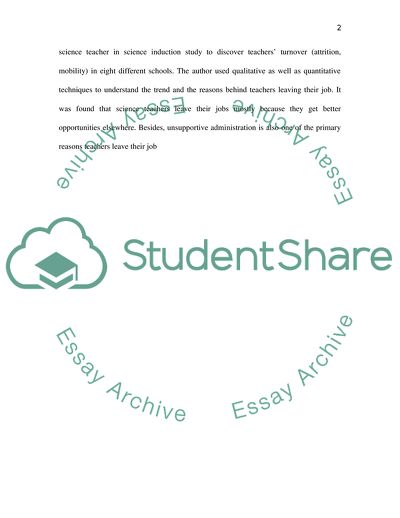Cite this document
(Secondary Science Teachers' Turnover Term Paper - 1, n.d.)
Secondary Science Teachers' Turnover Term Paper - 1. https://studentshare.org/education/1740115-term-paper
Secondary Science Teachers' Turnover Term Paper - 1. https://studentshare.org/education/1740115-term-paper
(Secondary Science Teachers' Turnover Term Paper - 1)
Secondary Science Teachers' Turnover Term Paper - 1. https://studentshare.org/education/1740115-term-paper.
Secondary Science Teachers' Turnover Term Paper - 1. https://studentshare.org/education/1740115-term-paper.
“Secondary Science Teachers' Turnover Term Paper - 1”. https://studentshare.org/education/1740115-term-paper.


